60 years in the service. Success factors of the RPG-7 grenade launcher
Exactly 60 years ago, on June 16, 1961, by a decree of the USSR Council of Ministers, the newest RPG-7 anti-tank rocket launcher with a PG-7V cumulative reactive grenade was adopted by the Soviet army. These products still remain in our armed forces and in more than a hundred foreign armies. Such outstanding results were predetermined by a number of factors - successful design, ease of use, etc.
Hero and his successes
The development of the future RPG-7 began in 1958 in the interests of the ground forces of our army - they needed an infantry anti-tank weapon a new generation capable of dealing with existing and promising tanks probable enemy. The development of the future RPG-7 (GRAU index - 6G1) was carried out with the participation of several enterprises. The main executor was the GSKB-47 unit in the city of Krasnoarmeysk, the chief designer of the grenade launcher and the shot to it was V.K. Firulin.
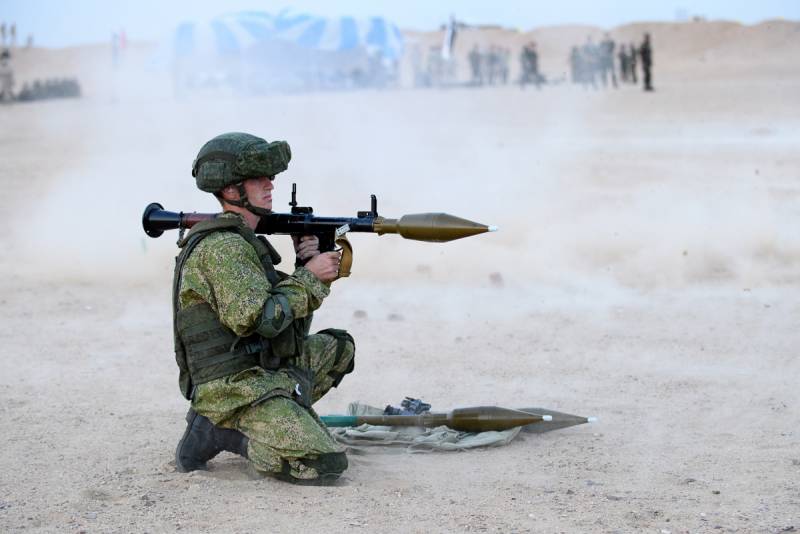
RPG-7 grenade launcher. The optical sight is removed, only the mechanical one is used. The PG-7VL grenade is loaded. Photo of the Ministry of Defense of the Russian Federation
In the first half of 1960, the project reached factory tests. In the following months, military and state tests took place, according to the results of which the grenade launcher was recommended for adoption and serial production. The corresponding resolution of the Council of Ministers was issued on June 16, 1961, and soon the Kovrov Mechanical Plant began production of new RPG-7s. Subsequently, several modifications of the grenade launcher were developed and put into production with certain features.
In the early years of production, the RPG-7 and PG-7V were supplied only to our army, which made it possible to seriously increase the anti-tank capabilities of the infantry. Having saturated its armed forces, the USSR began exporting such weapons. It was supplied to friendly countries in Asia, Africa, Europe and South America. Some states showed interest in organizing their own production of grenade launchers, and the Soviet side helped them in this.
For several decades after its appearance, the RPG-7 / 6G1 has become widespread. At the moment, such weapons are used in more than a hundred armies and in many armed formations of varying degrees of legality. It is believed that at least 60-9 million grenade launchers and hundreds of millions of grenades were fired in 10 years. Moreover, production continues to this day - and the list of manufacturers is sometimes replenished with new enterprises and countries.
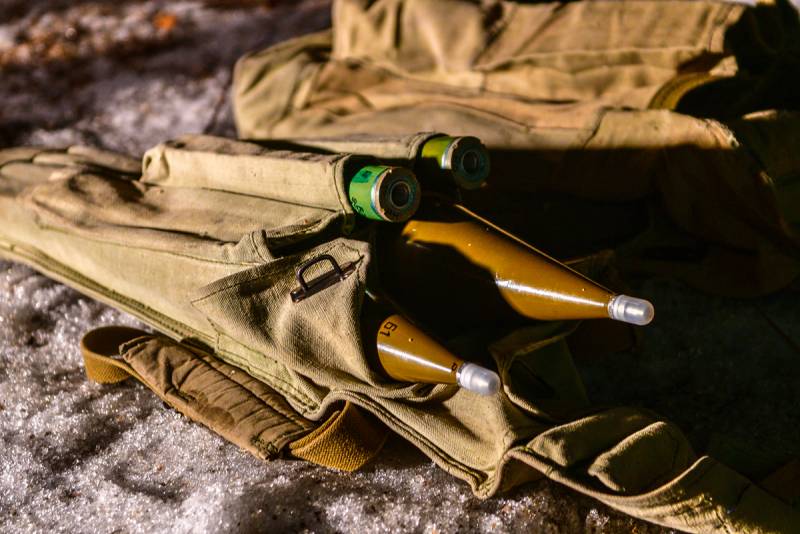
PG-7VL grenades and engine charges in a carrying bag. Photo of the Ministry of Defense of the Russian Federation
Since the Vietnam War, RPG-7s have found regular use in a variety of armed conflicts. Grenade launchers and their calculations have repeatedly demonstrated the high potential of such weapons. It is noteworthy that with its help they hit not only armored vehicles and fortifications, but also more complex targets, such as airplanes or helicopters. With certain limitations, the RPG-7 is still a convenient and effective weapon.
Technical prerequisites
A decisive contribution to the success of the RPG-7 was made by the technical features of the grenade launcher and its shot. First of all, it should be noted the simplicity and manufacturability of the design. The grenade launcher is actually a lightweight barrel with a variable cross-section with a bell. A firing mechanism and a sighting device are installed on it. This architecture facilitated both production and further upgrades.
The grenade launcher was compact and lightweight. Its length was only 950 mm, and its mass without a grenade did not exceed 6,5 kg. A calculation of two people could safely carry the weapon itself and a large ammunition load for it. Accordingly, even one grenade launcher without much difficulty could significantly increase the firepower of an infantry unit.
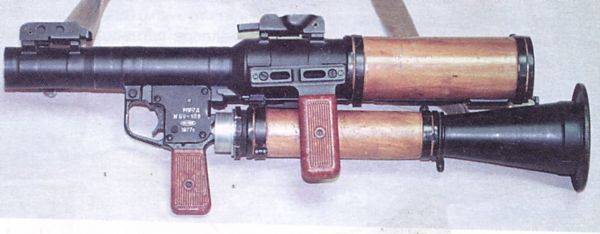
Disassembled RPG-7D airborne grenade launcher. Photo Wikimedia Commons
The first ammunition for the RPG-7 was the PG-7V or 7P1 grenade. It was an 85-mm over-caliber round with a mass of 2,2 kg. With the help of the starting and sustainer engine, the grenade developed a speed of 120 m / s. The aiming range reached 500 m, the range of a direct shot at a target with a height of 2 m - 330 m. The cumulative warhead penetrated 260 mm of homogeneous armor, which exceeded the level of protection of most foreign tanks of that time.
Thus, for its time, the RPG-7 was a very successful, powerful and convenient weapon. In all respects, it surpassed the previous types of grenade launchers and posed a real danger to modern armored vehicles, not to mention outdated vehicles. A weapon with such capabilities could not fail to find a place in our armed forces or in foreign armies.
Potential for modernization
Already by the mid-sixties, the 6G1 grenade launcher ceased to fully meet all the requirements: the protection of tanks increased, a number of other challenges appeared. However, the grenade launcher system underwent modernization, as a result of which it restored its potential. In the future, new activities of this kind were repeatedly carried out.
The general architecture of the RPG-7 and its barrel as a whole did not change. At the same time, the RPG-7D landing grenade launcher with a split barrel was developed. In addition, some modern modifications receive plastic fittings instead of the standard wooden ones. An interesting version of the development of the original design was proposed by the American company Airtronic. In her Mk.777 project, she used a carbon fiber barrel with a steel liner, thereby reducing the mass of the grenade launcher to 3,5 kg.
One of the main vectors of development of the entire complex was the development of new sighting devices. Initially, the 6G1 was equipped with a PGO-7 optical sight, which later underwent several upgrades. Then the PGN-1 night sight appeared, followed by new products of this class. At the turn of the century, the UP-7V universal sighting device was created, complementing the standard sight. Also, many other options for such modernization are known, involving the installation of factory or homemade sights.
The most important area of development was the development of new ammunition. For domestic grenade launchers, a scheme with an over-caliber shot was chosen at one time, and this greatly simplified the creation of new grenades. From the mid-sixties to the middle of the last decade, about a dozen different ammunition was created. The systematic development of cumulative grenades was carried out, tandem products were created. Also, a fragmentation and thermobaric shot have been developed.
The most advanced anti-tank ammunition at the moment is the PG-7VR "Resume" weighing 4,5 kg with a tandem warhead of 64 and 105 mm caliber. At the cost of increasing the mass and reducing the aiming range to 200 m, it was possible to increase the penetration to 650 mm behind the reactive armor.
Other factors
The economic and political power of the USSR also made a significant contribution to the overall success of the RPG-7. It was possible to establish mass production of such weapons in the shortest possible time, and in just a few years all the needs of the Soviet army were covered. This made it possible to move to the creation of a significant warehouse stock in case of mobilization, as well as to start exporting to friendly countries.
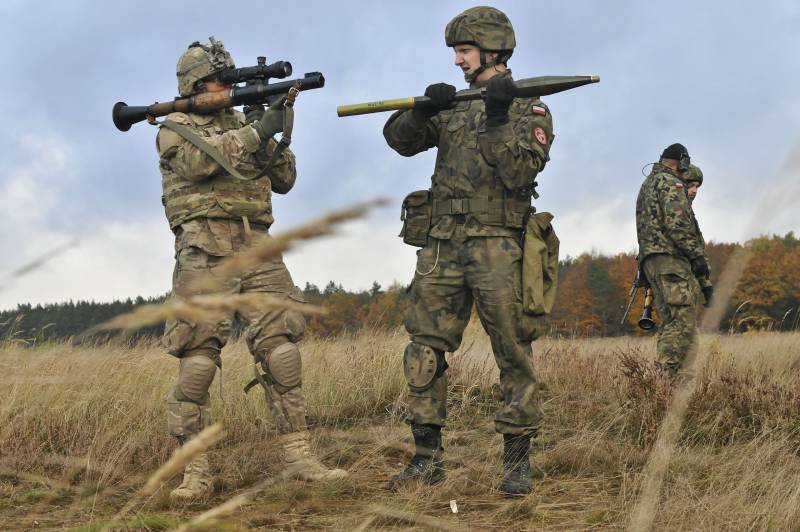
RPG-7D from the arsenals of the Polish army at the Polish-American exercise, 2016. An American soldier prepares to shoot, his Polish colleague sets up a grenade. US Department of Defense Photo
In the sixties and seventies, the Soviet Union, being one of the two superpowers, had a lot of allies and attracted neutral states. All of them were potential buyers or recipients of Soviet weapons. In addition, some states were able to master licensed production. This explains the widespread distribution of RPG-7 in Europe, Asia and Africa.
In the early seventies, the Type 69, an unlicensed Chinese copy of the Soviet grenade launcher, entered the international market. As a result, the number of countries and organizations using such weapons has grown significantly. At the same time, the use of grenade launchers has also expanded in ongoing and new armed conflicts.
At this stage, simplicity of design and operation was again a positive factor. These qualities were especially important in the development of weapons in backward states. The bulk of their armies were conscripts with an extremely low level of education and poor training. But even of them, it was possible to make well-aimed grenade launchers, which was helped by the simplicity of the RPG-7.
With the collapse of the USSR, the supply of weapons to a number of developing countries stopped. However, by this time they had managed to accumulate serious stocks of weapons, incl. RPG-7 and shots for them. In addition, alternative procurement and supply channels have emerged. The observed scale of the spread of rocket-propelled grenade launchers is still based on the "Soviet reserve", and the prerequisites for a radical change in this situation are still lacking.
Another anniversary
The RPG-7 anti-tank rocket launcher entered service with our army exactly 60 years ago. After a number of upgrades, it remains in service, and so far they are not going to abandon it. Foreign countries and formations also continue to operate such weapons and for the most part do not intend to replace them - both due to their high characteristics and due to the lack of the necessary capabilities.
It cannot be ruled out that in the near future the Russian industry will again increase the characteristics of the grenade launcher by introducing new sights or shots. The appearance of similar projects abroad is also possible. These steps will help prolong the operation for a significant period.
Thus, the Soviet and Russian RPG-7 grenade launcher meets its sixtieth anniversary in the status of the main and mass weapon of its class in the world. And objective factors will allow him to remain in the service in the future, for an indefinitely long time. It is likely that the next anniversaries this weapon will meet again in service.
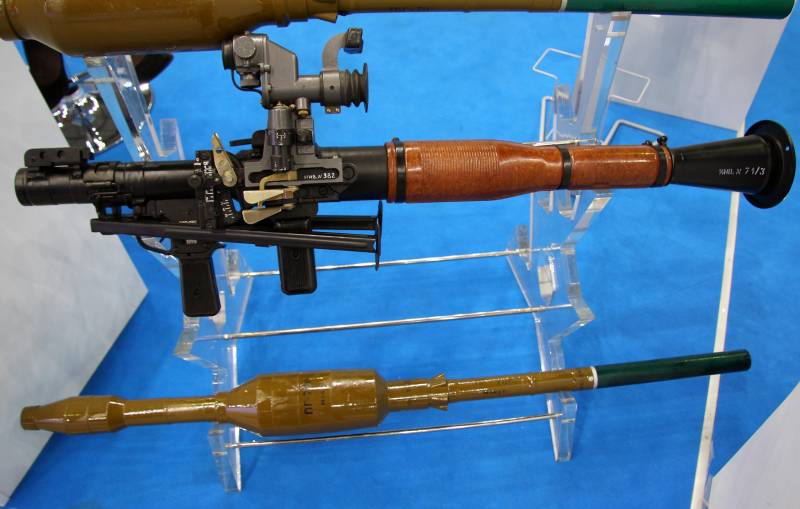
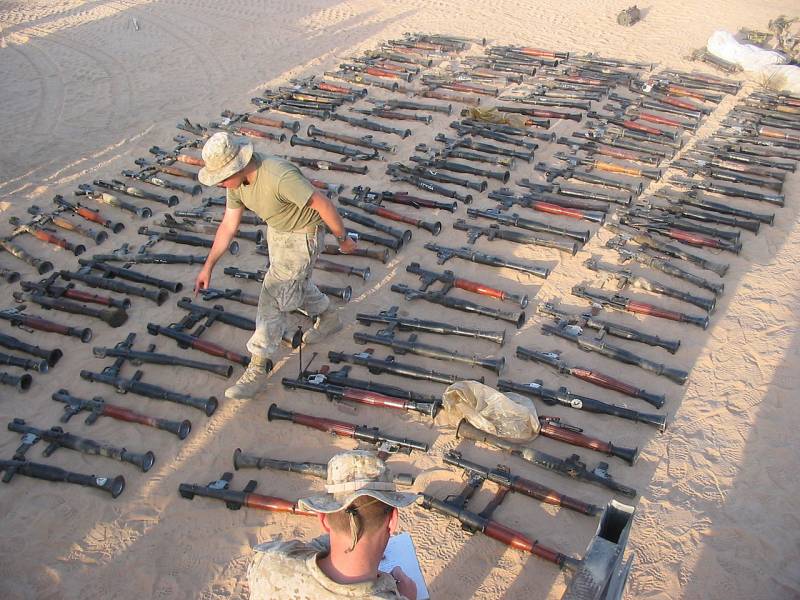
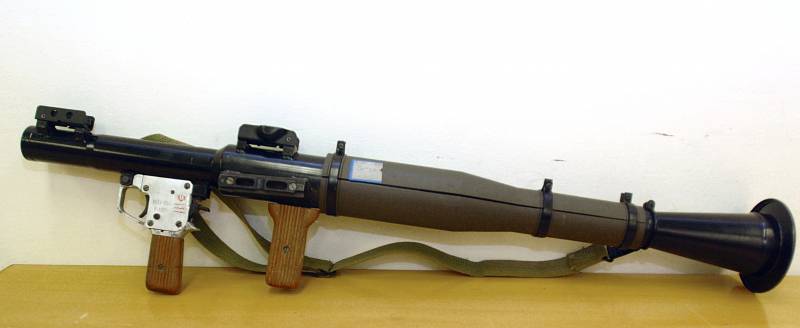
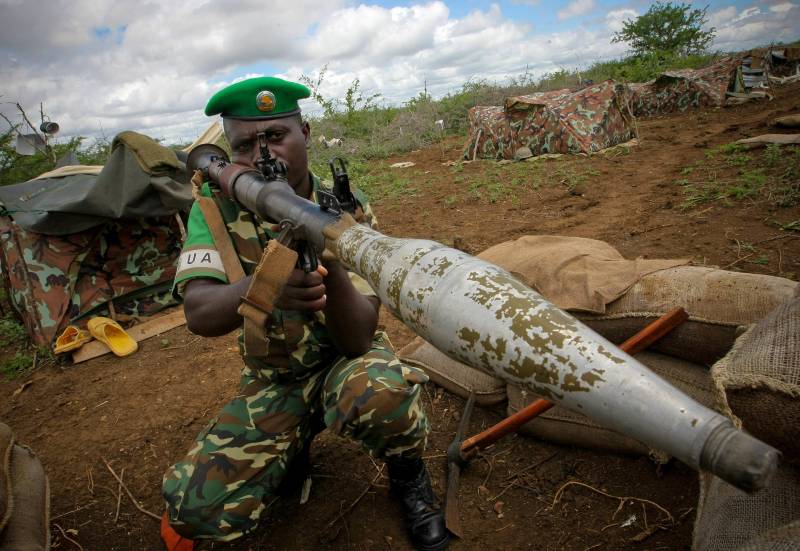
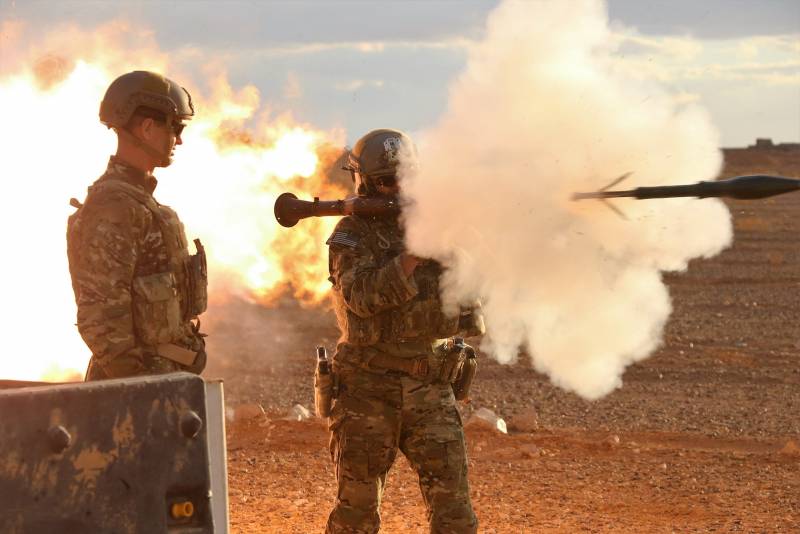
Information